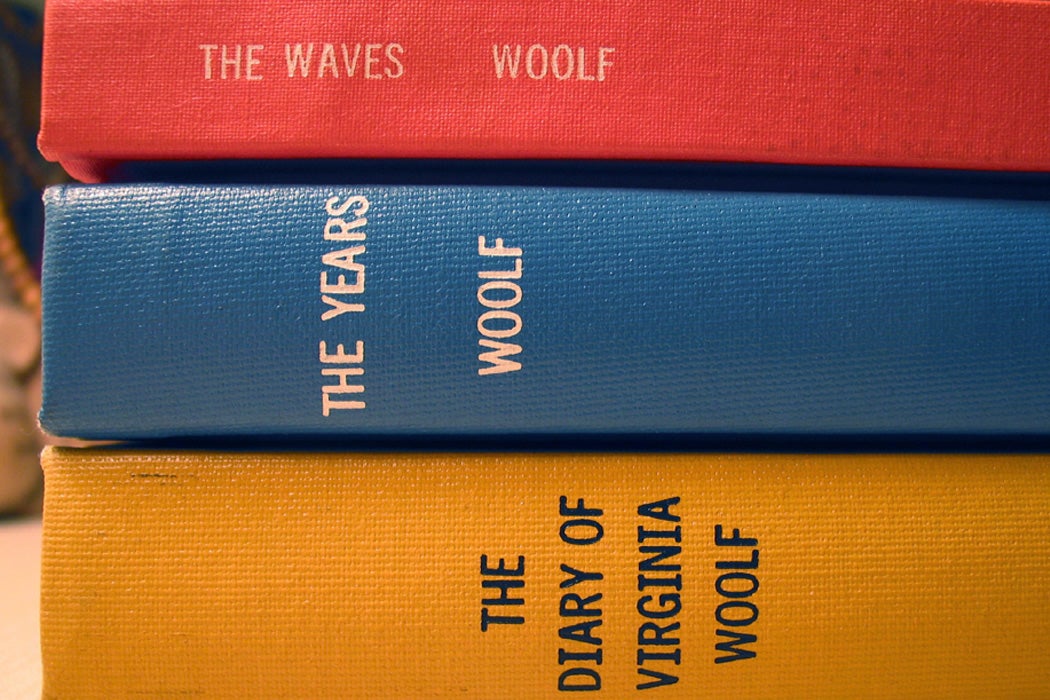The first working-class libraries in the British Isles, which originated in Scotland, concentrated on religious books. Some banned fiction outright; into the early nineteenth century, fiction was considered too avant-garde for the general reader. The popularity of Walter Scott’s Waverley novels started to change that. But, as scholar Jonathan Rose details, “a kind of cultural conservatism” lingered for nearly two centuries among working-class readers in the British Isles.
The “cultural lag” was partly economic: new books and periodicals were expensive. Rose, who has made an extensive study of the intellectual life of the British working class, quotes a Welsh collier born in 1871:
Volumes by living authors were too high-priced for me…Our school-books never mentioned living writers, and the impression in my mind was that an author… must be dead; and that his work was all the better if he had died of neglect and starvation.
This helps explain the nineteenth-century mania for Shakespeare; Victorian “Bardolatry” was driven by working class audiences. As Rose writes, however, the “long-term trend in the West [was] away from a common public culture and toward increasingly differentiated and fragmented audiences.”
Meanwhile, by the late nineteenth century, inexpensive reprints of classics by authors such as Swift, Pope, Fielding, Byron, and the Greek philosophers were becoming popular. Many of these were cheap because they were out of copyright. This occurrence, combined with the growth of public education, soon had ordinary folks reading more and more books, including seeking out more contemporary writers. Rose has an interesting theory about how this trend helped to create the literary movement of modernism:
The intelligentsia was driven to create literary modernism by a profound loathing of ordinary common readers. The intellectuals feared the masses not because they were illiterate but because, by the early twentieth century, they were becoming more literate, thanks to public education, adult education, scholarships, and cheap editions of the great books.
It wasn’t until 1929, for instance, that the Edwardian giants H.G. Wells and George Bernard Shaw were discovered by one of Rose’s sample readers. Rose writes about a tailor’s son from the rural north of England who couldn’t have known that Wells and Shaw were considered passé by middle class readers like Virginia Woolf. On the contrary, Shaw and Wells were “the last word in subversive literature” for the tailor’s son. In other words, this working class reader, among many others, was what Rose calls a “combination of political radicalism and literary conservatism.”
Get Our Newsletter
Class is always about distinctions in what you say, eat, wear, and act compared to others higher or lower on the economic rungs. In this case, it was a question of what you read. As working-class readers got deeper into the canon, Rose argues, the canon’s goalposts were moved farther away from them:
If more and more working people were reading the classics, if they were closing the cultural gap between themselves and the middle classes, how could intellectuals preserve their elite status as arbiters of taste and custodians of rare knowledge? They had to create a new body of modernist literature which was deliberately made so difficult and obscure that the average reader did not understand it.
Rose’s take on a class-based history of reading certainly makes for interesting reading.







